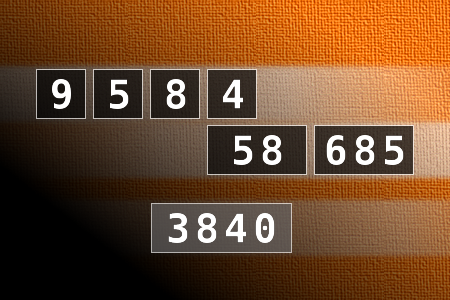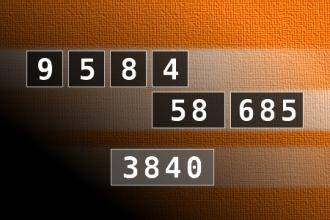Calculate the number 3840
NUMBERMANIA: Calculate the number 3840 using numbers [9, 5, 8, 4, 58, 685] and basic arithmetic operations (+, -, *, /). Each of the numbers can be used only once.Correct answers: 9
The first user who solved this task is Nasrin 24 T.
#brainteasers #math #numbermania

Biggest j*rks
Morton was reading the paper after breakfast when he came across an article about a beautiful actress who was about to marry a football player known primarily for his lack of IQ and common sense.
He turned to his wife with a questioning look on his face and said: "I'll never understand why the biggest j*rks get the most attractive wives."
His wife smiled and replied: "Why thank you, dear!"

